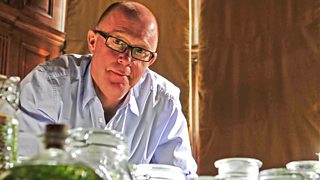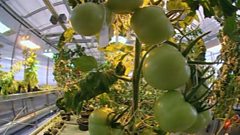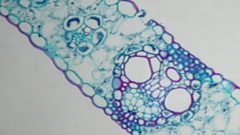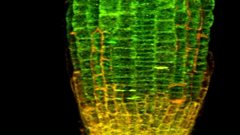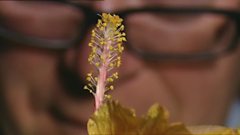
Selective breeding and the ‘Green Revolution’
Norman Borlaug used selective breeding techniques to improve wheat production in Mexico. He produced plants which had large seed heads and hence a good yield. However, the plants were too tall and were prone to falling over (lodging). A mutant dwarf form of wheat was discovered in post-war Japan.
Borlaug crossed this strain with the high yield variety and produced a strong, high yielding wheat. This was subsequently grown throughout the world, and has reduced the levels of hunger on several continents. The innovation was called the 'Green Revolution'.
Duration:
This clip is from
More clips from Hidden World
-
![]()
Muriel Wheldale and complex gene interactions
Duration: 03:32
-
![]()
The discovery of gene switches in maize
Duration: 08:09
-
![]()
The case for genetically modified crops
Duration: 01:31
-
![]()
The use of genetic engineering to increase productivity in rice
Duration: 06:17
More clips from Botany: A Blooming History
-
![]()
Muriel Wheldale and complex gene interactions—Hidden World
Duration: 03:32
-
![]()
How plants are adapted to survive—Photosynthesis
Duration: 02:47
-
![]()
Thomas Fairchild - speciation and evolution—A Confusion of Names
Duration: 06:43
